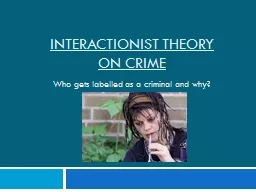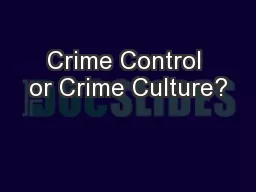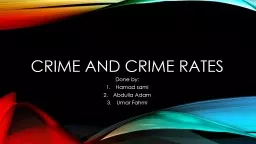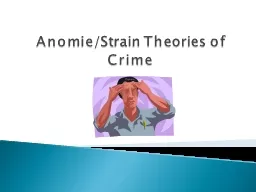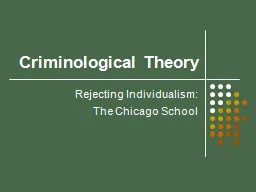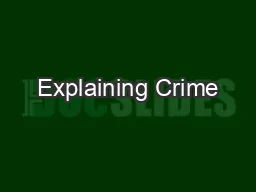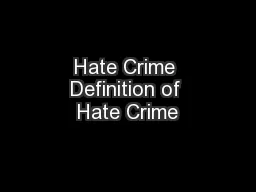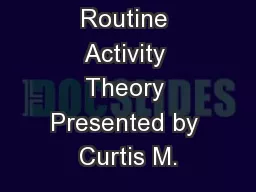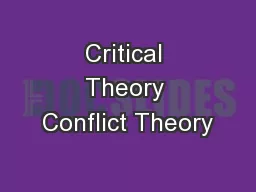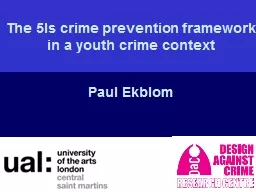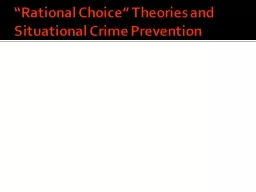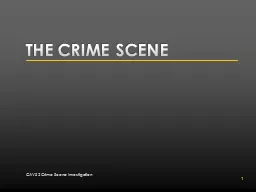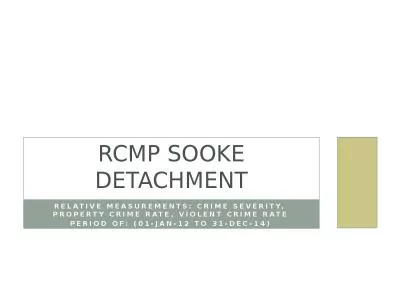PPT-Interactionist theory on crime
Author : pamella-moone | Published Date : 2017-04-30
Who gets labelled as a criminal and why Starter Who dun it On the night of the 20 th September the suite of the Matthews Industries was gutted by fire Police
Presentation Embed Code
Download Presentation
Download Presentation The PPT/PDF document "Interactionist theory on crime" is the property of its rightful owner. Permission is granted to download and print the materials on this website for personal, non-commercial use only, and to display it on your personal computer provided you do not modify the materials and that you retain all copyright notices contained in the materials. By downloading content from our website, you accept the terms of this agreement.
Interactionist theory on crime: Transcript
Download Rules Of Document
"Interactionist theory on crime"The content belongs to its owner. You may download and print it for personal use, without modification, and keep all copyright notices. By downloading, you agree to these terms.
Related Documents

